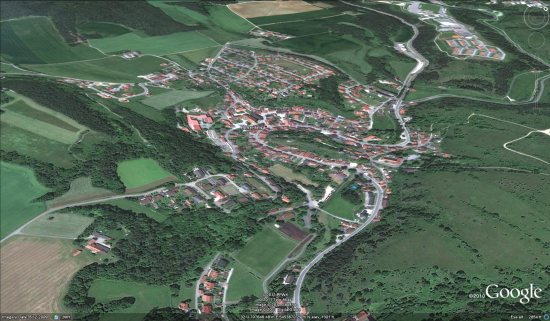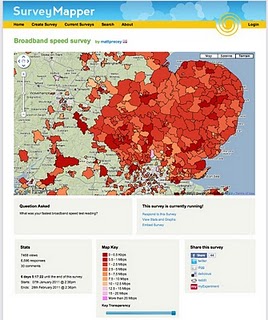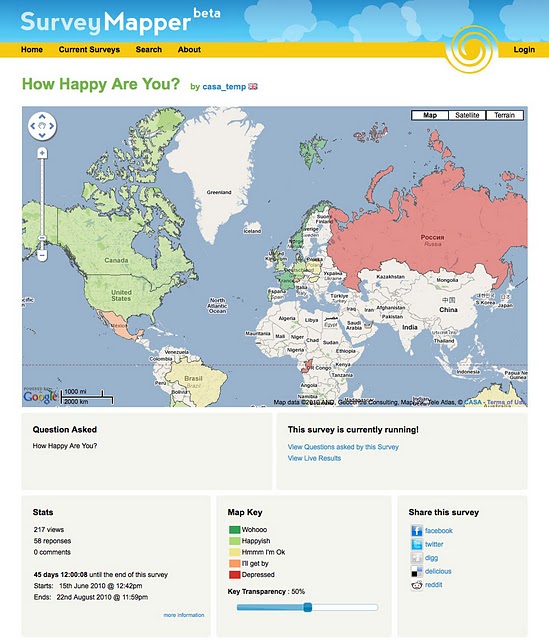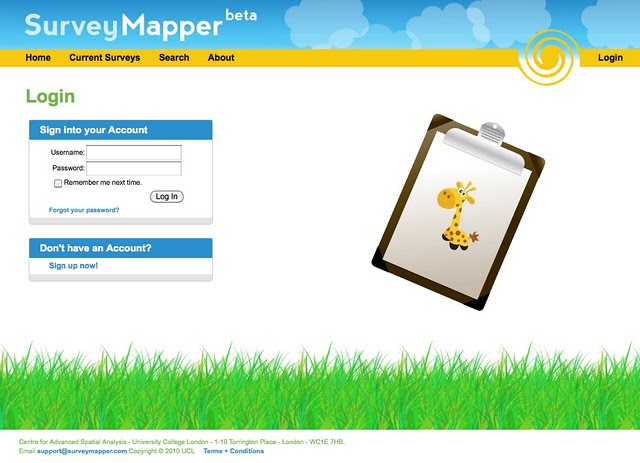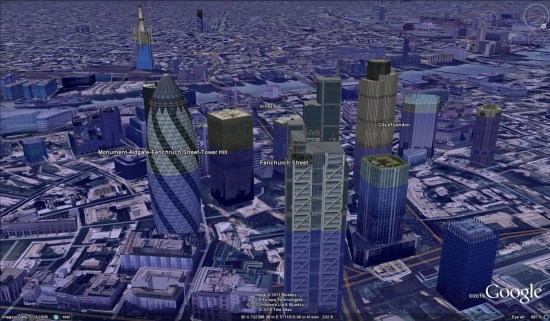BBC Look East is calling for people in the East of England to find out their home broadband speed, as part of the TV programme’s week-long special – using our free SurveyMapper tool, at CASA, University College London, to collate and map the results in real time. So far over 6500 responses have been received.
It is estimated only 60% of households in the region have access to high speed broadband.
Look East’s business reporter Richard Bond said that the figure was unlikely to grow much in the next five years.
Home broadband users can take part by plotting their speed onto an interactive map.
The results of the research will then be shown on BBC One during Look East’s broadband week, which runs from 21 to 25 February 2011.
“Fibre optic networks, the key to a fast service, are only available to people in and around the major towns and cities,” said Mr Bond.
“Broadband speeds in rural areas are slow because they depend on copper telephone exchanges.
“Although BT is rolling out its fibre optic network, this is unlikely to make much of a difference to most rural communities over the next five years,” he added.
Speed test
As broadband speeds on the same connection can fluctuate, it is recommended that people take the test several times and make a note of the highest speed.
Other speed-testing websites could return different results, so it is recommended for this research that third-party sites are avoided.
Once a figure is obtained, people can then plot their results on the BBC Look East map hosted on our SurveyMapper.
It is nice to see maps and indeed crowd sourced surveys used in such a way, SurveyMapper has been developed as part of NeISS (National e-Infrastructure for Social Simulation, funded by JISC as part of its Information Environment Programme.
You can set up your own survey or poll on SurveyMapper – If you have used other ‘polling sites’ then you will be up to speed, except we have taken away the restrictions and added real-time mapping into the mix. Simply sign up (its free) and then your be able to create your own survey and embed it into your own site. Currently we have five levels of survey available – Worldwide, based on countries, European Countries US Zip Code, UK Postcode and a Drag and Drop Pin Map.
You can ask anything, survey the nation, the world or just your street with real-time mapping and statistics.
To take part or create your own survey head over to SurveyMapper.com
The Look East survey runs until February 25th with updates each evening on BBC Look East News.
